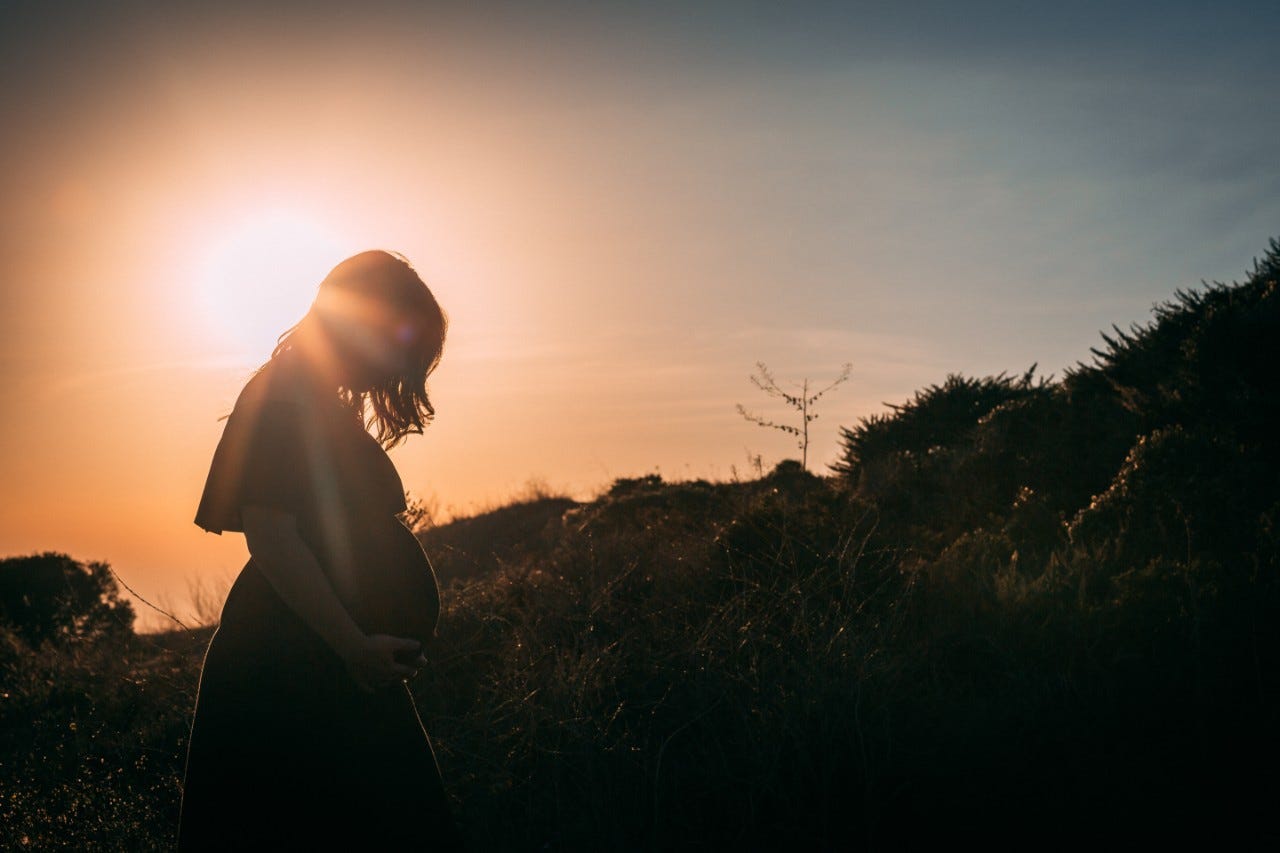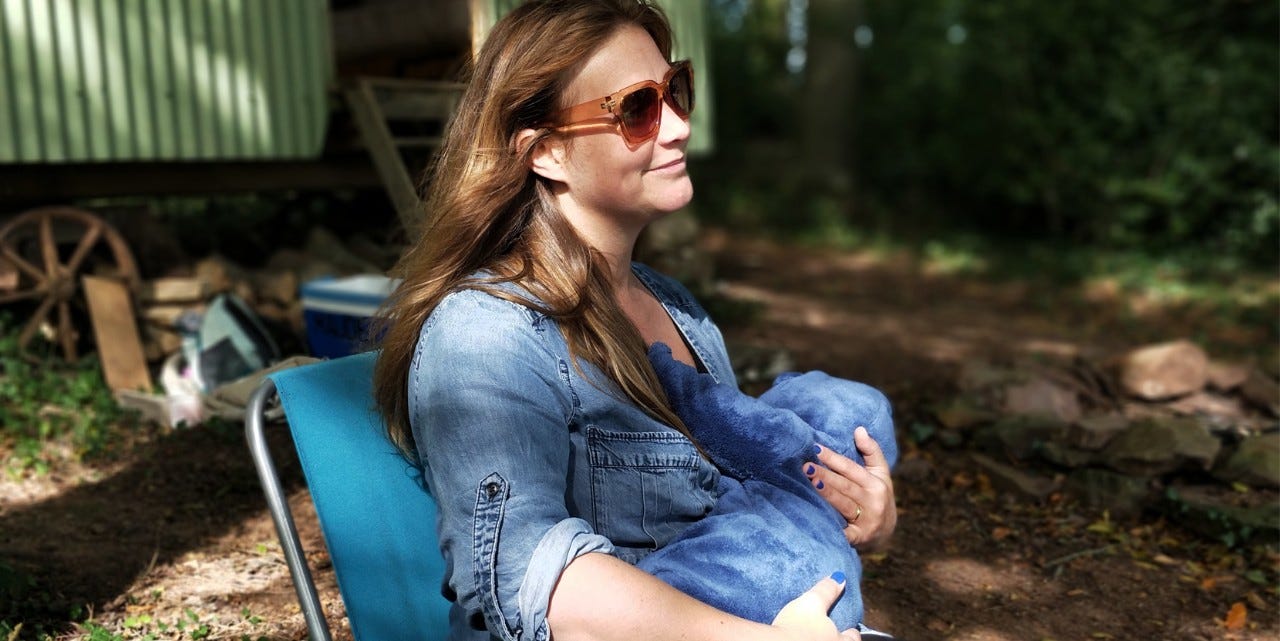Tips against stretch marks
As your baby bump grows, you may get stretch marks. The good news is that If you’re lucky, you won’t get any stretch marks at all.

For some women, pregnancy leaves no trace on the skin. while others get unwanted stretch marks mainly on their stomach, but also on their breasts, upper arms and thighs.
What are stretch marks?
Whether or not you get stretch marks isn’t down to inadequate skin care, but mainly depends on your skin type. Women with weak connective tissue are more likely to suffer from stretch marks. Younger women with light, thin skin are more often affected, too. Significant weight gain during pregnancy or multiple pregnancies further increase the risk. In addition, the body produces more cortisone during pregnancy. which makes the skin even more fragile.
Striae distensae – the medical term for stretch marks – are fine tears in the muscle fibres of the subcutaneous tissue. Blood vessels shine reddish-blue through them, especially on the thighs, stomach or breasts. Six months after the birth, stretch marks start to fade and are then only visible as fine silvery lines.
Treating stretch marks: creaming and massaging
Although numerous care products promise effective protection against stretch marks, there’s no guarantee. However, there’s no harm in regularly applying cream and lightly massaging the skin. Some studies indicate that regular care started early on during pregnancy can help reduce the appearance of stretch marks. Brush massages and showering from feet to stomach with alternating cold and warm water are also said to help.
During pregnancy, it’s best to use natural skincare products such as good-quality body oils. This way, your skincare regime will not only help in the fight against stretch marks, but will also reduce pregnancy-related dry skin and itching.
Preventing stretch marks: simple tips
-
Healthy eating
Vitamin E is considered a skin vitamin. You’ll find it in olive oil, rapeseed oil and wheat germ oil, but also in beans, peppers and asparagus as well as in nuts, sunflower seeds, linseeds and wheat germs. Lysine (found in full-fat milk, eggs, meat, salmon, rice and nuts) and vitamin C (found in fruit and peppers, for example) are also good for the skin.
-
Drink a lot
Drink plenty of water: Adequate fluid intake regulates the skin’s moisture balance, not just during pregnancy.
-
Move enough
Studies show that women who exercise regularly before and during pregnancy are less likely to develop stretch marks.
-
Protect yourself against the sun:
If you’re pregnant in the summer, you can help your skin by wearing a good sunscreen and staying in the shade as much as possible.


